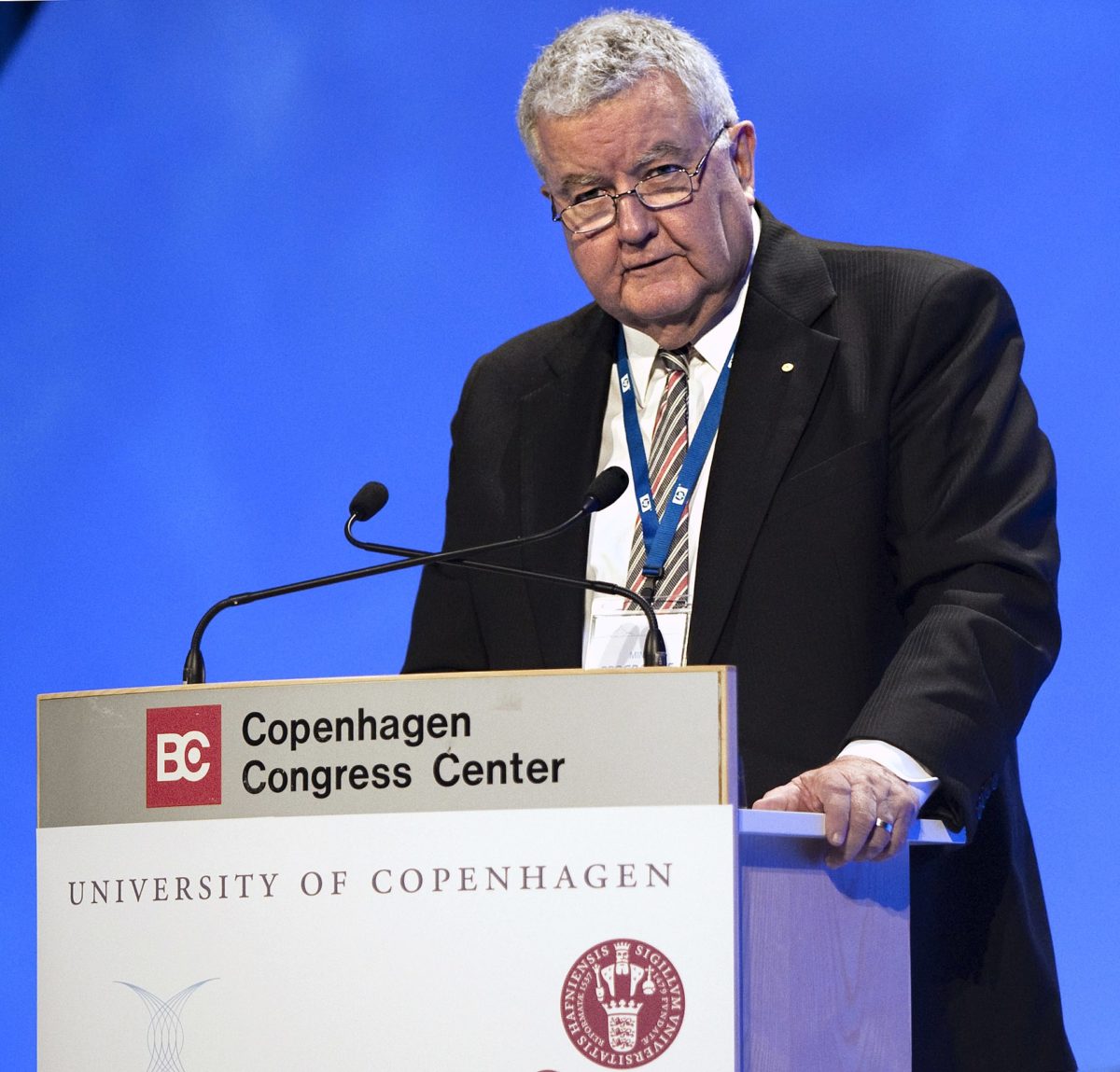Led by Australia’s former Chief Scientist Professor Ian Chubb, the independent review of Australia’s carbon credit scheme concluded that the Australian Carbon Credit Units (ACCU) scheme is “essentially sound,” but recommended an overhaul of the scheme’s governance structure. The review panel did not second criticisms lobbed at the scheme’s “methods” for abating carbon.
The review was sparked in 2022 following claims from Australian National University (ANU) Professor Andrew Macintosh that the most prominent methods for creating carbon credits (which should represent one tonne of abated carbon) amounted to a “fraud.”
Chubb’s six-month review has not come to the same conclusion, with the review panel suggesting a lack of transparency around the scheme has led to such “polar-opposite views.” However, the review panel did make three recommendations surrounding the scheme’s most controversial methodologies.
Review recommendations
Firstly, the review recommended greater oversight for projects using the human-induced regeneration (HIR) method, saying it must be “reasonable to expect that the project area will become native forest, attain forest cover.”
The HIR method came under scrutiny from Macintosh and others who claimed forest regrowth has little to do with “human-induced” activities, and mostly depends on natural rainfall.
More radically, the review recommended no new project registrations be allowed under the current avoided deforestation method. This method came under intense scrutiny after research from the Australia Institute revealed credits awarded for “avoided deforestation” were issued based on land clearing rates between 751% and 12,804% higher than anything seen on the ground.
Finally, the review recommended landfill gas methods should incorporate upward sloping baselines. Baselines have been an ongoing source of contention for this method, with older projects sometimes given baselines as low as 0%.
Reaction
Climate Change and Energy Minister Chris Bowen said the government would implement all 16 of the review panel’s recommendations.
Since the findings were released,
The pair’s concerns were also held by Glenn Walker, head of advocacy and strategy at Greenpeace Australia Pacific.
“I find it really perplexing that the Chubb review would come out and essentially say ‘there’s no problems’ yet we still need to come out and have all these governance and transparency reforms,'” Walker told pv magazine Australia, before adding, “It’s pretty contradictory findings and messaging.”
If Australia’s carbon credit scheme is not of high integrity it would spell major problems for the Albanese government reaching its 43% emissions reduction target by 2030. To reach that goal, Labor needs its carbon credit scheme to be trusted, as the scheme underpins the Safeguard Mechanism.
Australia’s Safeguard Mechanism aims to cut the emissions from the country’s largest emitters and most intensive industries. Like the carbon credit scheme, it has come under intense criticism in the last year.
Federal Energy and Climate Change Minister Chris Bowen has now announced his government’s reform package for the Safeguard Mechanism, which requires significantly greater emissions reductions than required by the former Coalition government.
This content is protected by copyright and may not be reused. If you want to cooperate with us and would like to reuse some of our content, please contact: editors@pv-magazine.com.









By submitting this form you agree to pv magazine using your data for the purposes of publishing your comment.
Your personal data will only be disclosed or otherwise transmitted to third parties for the purposes of spam filtering or if this is necessary for technical maintenance of the website. Any other transfer to third parties will not take place unless this is justified on the basis of applicable data protection regulations or if pv magazine is legally obliged to do so.
You may revoke this consent at any time with effect for the future, in which case your personal data will be deleted immediately. Otherwise, your data will be deleted if pv magazine has processed your request or the purpose of data storage is fulfilled.
Further information on data privacy can be found in our Data Protection Policy.